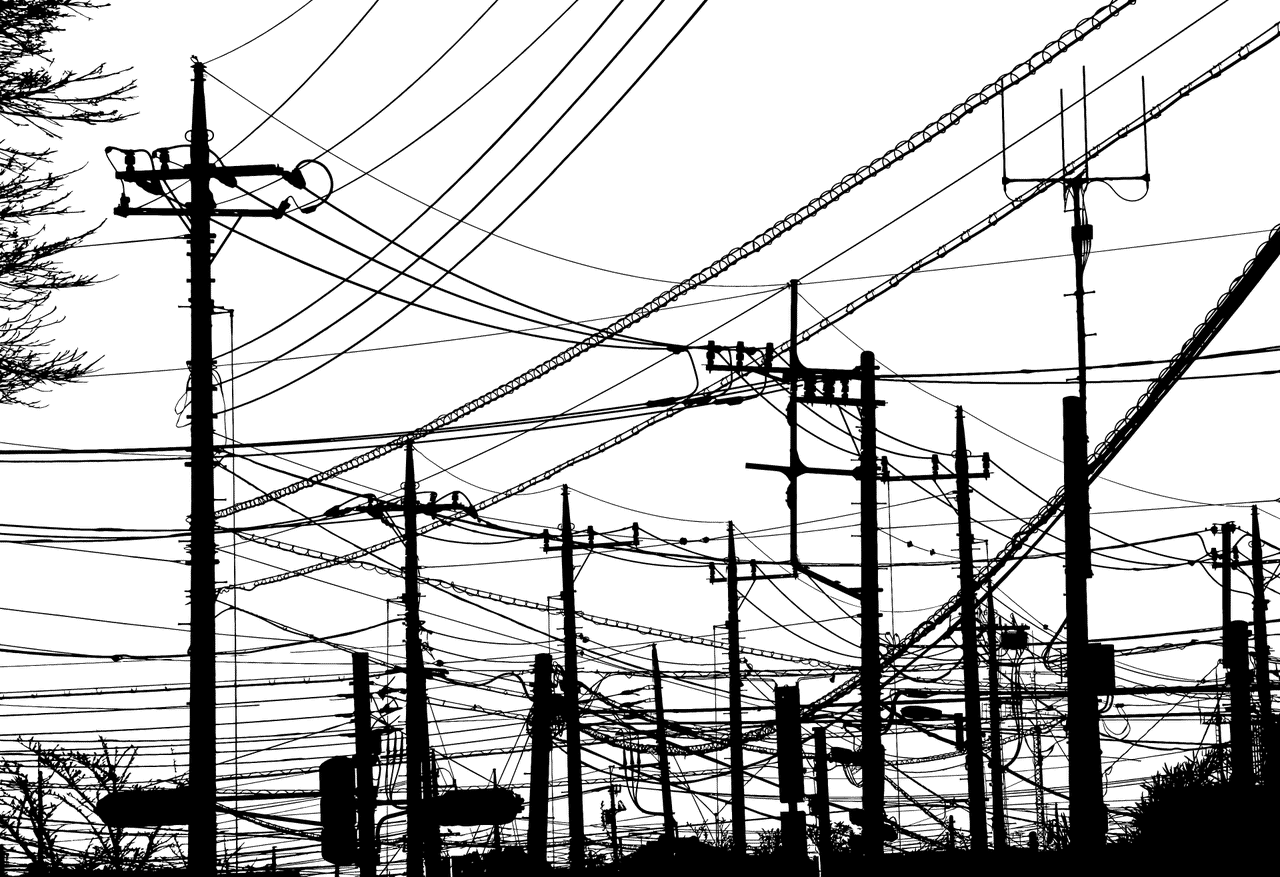NY Workers Comp Rates for Class Code 7601 Telephone, Telegraph, Fire Alarm Construction
Description: Code 7601 covers contractors engaged in telephone, telegraph or fire alarm line construction and drivers. Type of work covered are clearing of right-of-ways; driving; erecting poles; cross-arms and insulators; stringing overhead lines or lead sheath cables used for multiple circuits; and laying underground cables. The Code applies to all work normal and incidental to the construction of such lines when undertaken by an individual employer whether performed by dedicated crew of employees or employees who interchange between operations.
Materials Used: all types of wire, brush and tree clearing equipment, and digging or trenching equipment.
Pricing: Solid companies with a good loss history can obtain better than average pricing on NY Workers Comp Rates for Class Code 7601 for telephone & fire alarm line construction
TELEPHONE COMPANIES
Category: Service Businesses
SIC CODE: 4813 Telephone Communications, Except Radiotelephone
4812 Radiotelephone Communications
4822 Telegraph and Other Message Communications
4899 Communications Services, Not Elsewhere Classified
NAICS CODE: 517210 Wireless Telecommunications Carriers (Except Satellites)
517410 Satellite Telecommunications
517110 Wired Telecommunications Carriers
Suggested ISO General Liability Code: 99600, 99614
Suggested Workers Compensation Code: 7600, 8901
Description of operations: Telecommunication companies provide the wiring, cabling, equipment, and ongoing maintenance for services to residences and commercial enterprises. These companies may offer automated answering systems, cable access, internet access, and local, long-distance, and international telephone service, special communications devices for customers with physical disabilities, telegraphs, and wireless communications. Service may be provided using overhead lines, underground utility cables, fiber-optic, microwave, or satellite systems.
Property exposures are high due to the high concentration of electronic equipment on premises. Ignition sources include electrical wiring, heating and air conditioning systems, and overheating of equipment. All of these require ongoing maintenance. Adequate fire detection and suppression equipment is recommended. Power surge equipment is needed to prevent lightning and other power losses. Smoke and water damage, even from a small fire, can result in a major loss without extensive contingency planning. Switching stations should be protected and security provided. If maintenance and fueling of service vehicles is done on premises, all flammables must be stored away from heated areas in a fireproof cabinet. Welding and soldering should be done in a well-ventilated area that is free of combustible materials. Communications equipment may be targets for theft. Appropriate security controls should be taken including physical barriers to prevent entrance to the premises after hours and an alarm system that reports directly to a central station or the police department. Telecommunication companies have very high exposure to business income loss as any power outage affects service to residential and business customers. Extra expenses may be high, as repairs must be made quickly to reduce downtime to dependent customers.
Equipment breakdown exposure includes breakdown losses to telecommunication devices, electrical control panels and other apparatus. All equipment must be inspected and maintained on a regular basis. Back-up generators should be available.
Crime exposure is from computer fraud and employee dishonesty. The exposure increases without thorough background checks of employees. Billing, ordering, and disbursement should be under separate supervisors. Reconciliation and audits should be routine. Computer fraud potential can be high as many customers pay by Electronic Fund Transfer (EFT). Adequate security is required to prevent unauthorized access to customer information.
Inland marine exposure is from accounts receivable as the company regularly bills customers for service, computers, radio and television floater (including towers), tools and equipment, and valuable papers and records for customers’ and suppliers’ information. The company is likely to have extensive communications systems, including computers, which are very expensive and must be backed up regularly. Computer systems must have adequate security features to prevent unauthorized access due to industrial espionage or by hackers. Communications towers are often in remote areas, and should be fenced to prevent access by unauthorized persons. Towers are susceptible to loss by high winds, lightning, icing, and airplanes. Protective features such as guy wires, lighting and de-icing equipment, are needed. Service technicians carry tools and equipment to customers’ premises for installation and repair. Vehicles should be kept locked at all times. Duplicates of records must be made often and stored off site. Storage on premises should consist of fireproof cabinets. There may be a contractors’ equipment exposure if the company installs its own underground cables.
Premises liability exposure at the main office location is usually light as communication with customers is done by mail or electronically. Off-site premises exposures are heavy due to the running of lines or cables, both above ground and below ground. Company vehicles may disrupt normal traffic flow, requiring adequate notice to motorists to prevent accidents. Technicians may damage customers’ premises when installing lines and cables within buildings. Excavation and maintenance of underground lines could cause damage to the property of others. Towers pose an attractive nuisance to children and teenagers and should be fenced to prevent unauthorized access. Terrorism is a potential threat to public services. There must be adequate security to deter unauthorized access to any part of the company’s premises. Despite the lack of scientific evidence, some cellular service providers have been sued on the allegation that repeated exposure to electromagnetic radiation causes injuries to people or animals. Personal injury exposures may result from failing to adequately secure customer information. Complaints by customers to the FCC regarding “slamming” or “cramming” offenses may result in high defense costs.
Completed operations exposures can be high if equipment is not properly installed. Loss of communications service could result in loss of earnings to businesses, particularly those who derive the bulk of their income from online sales.
Automobile exposure may be high. If the company does its own repairs, vehicles are on the road on both routine and emergency basis. The vehicles must be out 24 hours per day, sometimes on rough terrain in inclement weather. Cable and the equipment used to install it are awkward to transport. Secure tying down is vital to prevent heavy damage to other vehicles. Vehicles may be parked along roads, disrupting regular traffic. Proper signage is required to warn drivers. All drivers must be licensed with acceptable MVRs. Regular training should be provided in driving under difficult situations. All vehicles must be well maintained with documentation kept in a central location. If vehicles are provided to employees, there should be written procedures in place regarding personal use by employees and their family members.
Workers compensation exposures are very high. Working with power lines can result in electrical shocks. There should be adequate shutoff and lockout procedures to make sure the wiring is not live.
Falls can occur from ladders, scaffolds or cherry pickers, utility poles or towers. Adequate personal protective equipment is required. Failure to adequately warn motorists of road hazards can result in a worker being hit by a motor vehicle. Laying of underground cable can result in back sprains and strains from dragging heavy cables, or exposure to collapse hazards. Prolonged exposure to electromagnetic microwave or cellular transmissions has been linked to occupational disease. Workers who visit customers’ premises may be attacked by dogs or other animals. In the office where most work is done on computers, potential injuries include eyestrain, neck strain, carpal tunnel syndrome, and similar cumulative trauma injuries that can be addressed through ergonomically designed workstations.


